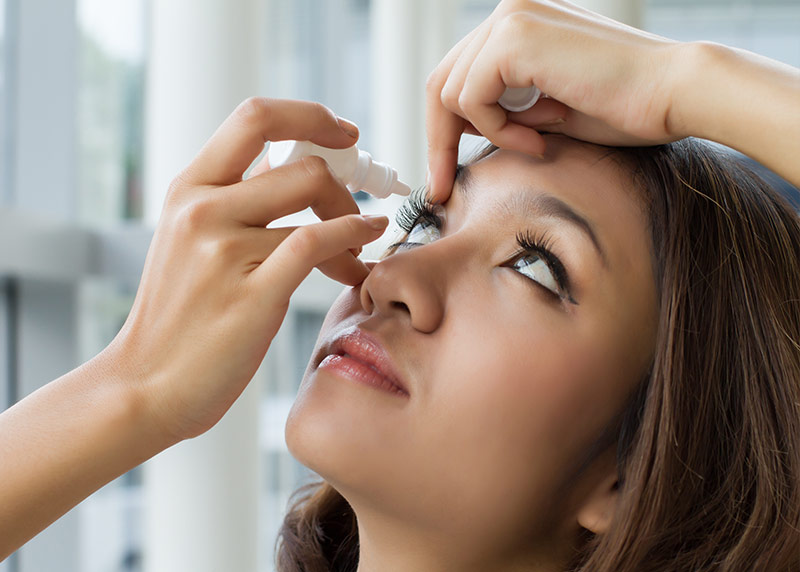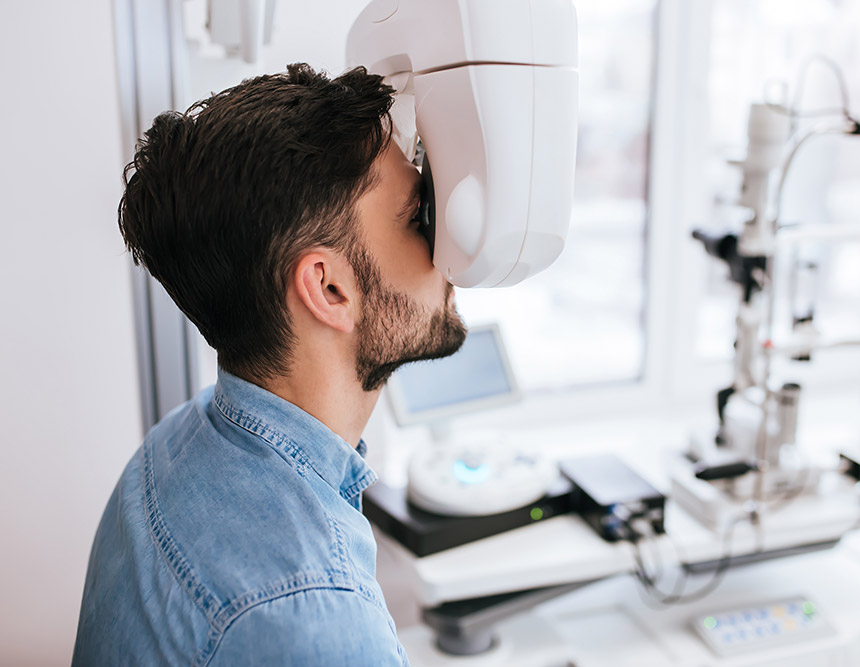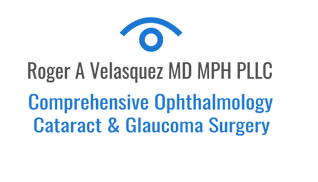Dry Eye Diagnosis & Treatment
You begin with an eye exam. The doctor will look at your eyelids and the surface of your eye and check how you blink. There are different tests that help diagnose dry eyes. Dr. Velasquez will do a test that measures the quality or thickness of your tears and how quickly your produce tears.

How is Dry Eye treated?
Adding Tears
You may be asked to use artificial tears. These are eye drops that are like your own tears. You can use artificial tears as often as you need to. You can buy artificial tears without a prescription. There are many brands. You can try a few until you find a brand that works best for you.
If you use artificial tears more than six times a day or are allergic to preservatives, you should use preservative-free tears. This is because if the tears with preservatives are used a lot, these chemicals may start to irritate your eyes.
Saving Tears
Blocking your tear ducts may be another option. This makes your natural tears stay in your eyes longer. Tiny silicone or gel plugs (called punctal plugs) may be inserted in your tear ducts. These plugs can be removed later as needed. A surgery to permanently closes your tear ducts.
Increasing Your Tears
There are special eyedrop medications they help your eyes make more of their own tears.
Treating Dry Eye Culprits
If your eyes are irritated, your ophthalmologist can treat those problems. Some recommendations are:
- prescription eye drops or ointments
- warm compresses on the eyes
- massaging your eyelids
- certain eyelid cleaners
Content courtesy of the American Academy of Ophthalmology
There are different tests that help diagnose dry eyes. Dr. Velasquez is happy to help with treatment options of dry eye once a diagnosis has been reached.

Request an Appointment
Main Clinic- Castle Hills
6810 West Avenue, Suite B
San Antonio, Texas, 78213
Surgery Center- American Surgery Center
12838 Vista del Norte
San Antonio, TX, 78216
Monday - Friday
Phone
Fax
